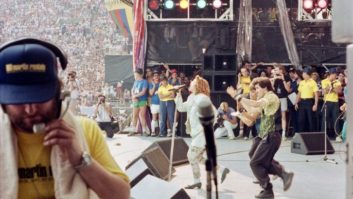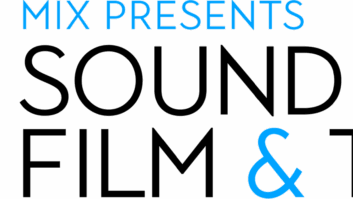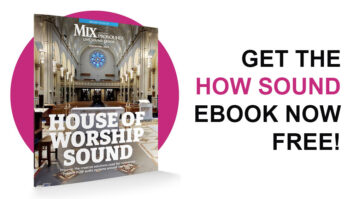Seoul, South Korea (August 4, 2015)—The Beatles single-handedly invented the stadium concert 50 years ago this month when they played two shows at New York City’s Shea Stadium. Today, fans still can’t get enough of those classic tunes, which is why five decades later, former Beatle Paul McCartney recently played to more than 45,000 fans in Jamsil Olympic Stadium in Seoul, South Korea.

If the music hasn’t changed, the audio systems used for stadium concerts certainly has. At the Shea Stadium shows, the house PA system—horns on a single telephone pole at the back of the outfield—was used…and barely heard. These days in Korea, however, sound system provider Tristar coordinated an Adamson sound reinforcement system for the concert, utilizing gear and manpower from network partners in the region.
The multi-purpose Jamsil Olympic Stadium was the original site for the 1988 Olympic Games and now serves as host to a variety of events, notably as a concert venue for South Korean and international artists. Spectator seats are distributed on two covered tiers. For the Paul McCartney concert, the stage was placed at the wide end of the stadium with seating on the field and also in the lower stadium tiers.
“We use different PA systems around the world; I try and pick what I believe is the best,” explains Paul “Pab” Boothroyd, FOH engineer for McCartney. “With this being the only show in Korea, we were not travelling with a PA, and because the concert was at the Olympic Stadium, we needed a big PA. We had such a successful show with the Adamson E15 in Columbia, I was thrilled to be able to work with them again. Better yet, Adamson had introduced more products since that show, so I ended up with an even better-sounding rig than I remembered.”
Tristar utilized Adamson Blueprint AVTM software to model the stadium in 3D. Once the venue was designed, the Adamson system components – E15 and S10 line arrays, E218 subwoofers and the inner and outer delays – were placed in the design.
The stadium layout required a throw of 160 meters distance and 32 m elevation to cover all of the seating areas. The goal was to achieve roughly 105 dBA +/- 3dB average SPL. Ultimately the main PA consisted of left-right arrays – each made up of 21 E15 enclosures with three S10s for down fill – hung from scaffolding columns constructed on each side of the stage. A dozen E218 subwoofers were flown behind both arrays for enhanced low end throughout the seating area.
“The subs added that extra low end that we need,” he continues. “Paul plays a wide variety of musical genres—everything from rock-n-roll to quiet ballads—so although we don’t need “in your face” low end, we did need something extra and these did the job quite nicely.”
Sidefill was covered by a total of 32 Y18 enclosures – 16 per side. Four delay towers provided coverage for the tiered stadium seating. Two arrays – each made up of six E15 and five S10 enclosures – were hung from the inner delay towers. Two arrays consisting of six E15 and six SpekTrix enclosures were hung from the outer delay towers.
Adamson Systems Engineering
www.adamsonsystems.com







